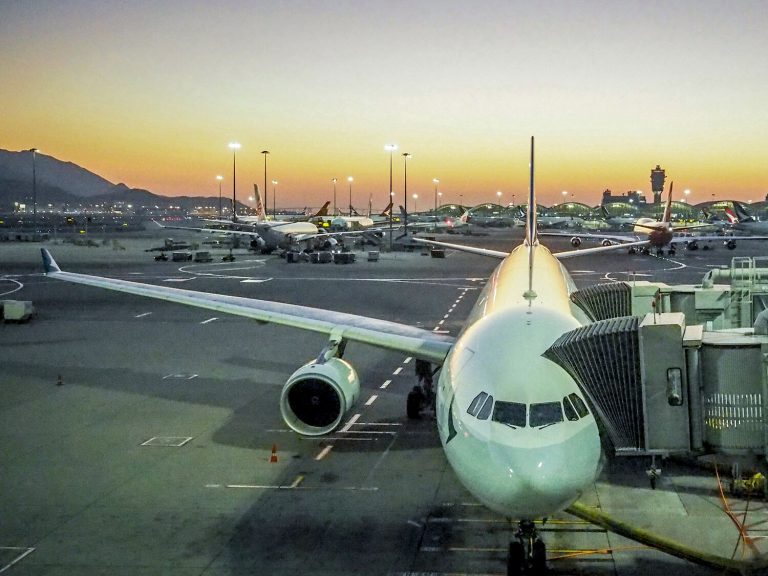
Date:
Transpacific Air and Sea Downturns amid Capacity Volatility
As demand falters on both sides of the transpacific, container and air freight flows are facing extreme volatility, with sharp drops in bookings and vessel space coinciding with sweeping tariff changes and regulatory disruptions.
The number of blanked sailings has surged, with the share of Asia–North America West Coast blanked capacity more than doubling in a week, reaching nearly 30% by late April. On East Coast routes, blank sailings jumped to over 40% of planned capacity by early May. These cancellations mirror typical post-holiday slowdowns but have appeared abruptly and without the usual lead time, suggesting a reactionary market driven by plummeting demand.
The root cause lies in a sharp reduction in shipping volumes as US firms halt sourcing and bookings ahead of tariff implementations. Bookings for truck delivery or pick-up in the US have fallen by over 40% month-on-month, with some regions seeing drops as steep as 60%.
Elevated volumes in March, driven by front-loading ahead of tariff deadlines, briefly clogged US ports and inland rail hubs. That surge has since collapsed into a dramatic slowdown, with analysts warning that once global trade conditions stabilise, a sharp rebound in demand could overwhelm logistics networks, triggering widespread delays and pushing up costs. A similar scenario played out during the pandemic, when container rates soared fourfold and a surge in inbound volumes led to vessel backlogs and port gridlock.
While a steep trough dominates the short-term picture, there is growing concern that once inventory is depleted, a spike in import orders later in the year could overwhelm supply chains again, especially if companies rely too heavily on ad hoc bookings and lose access to planned space.
In air freight, the outlook is equally challenging. Growth forecasts have been revised downward in response to the end of the de minimis duty exemption on low-value imports from China on May 2. Previously expected to grow up to 7.4% this year, air cargo is now forecast to contract slightly or, at best, remain flat.
Volumes from China and Hong Kong to the US have declined for four consecutive weeks, down 16% compared to the same period last year. While some Southeast Asian countries, like Vietnam, Taiwan and Thailand, have posted gains, it has not been enough to offset overall transpacific weakness. Air freight rates from Asia to the US have fallen by 8%, with steeper declines from certain markets, such as Vietnam, down 28%.
The rollout of new customs processes in the US is adding further complexity, with low-value shipments from China previously exempt under de minimis rules now facing steep duties, with some goods increasing in price by over 160%. Manual duty calculations are placing additional strain on customs brokers, particularly as the US Customs & Border Protection’s automated system struggles to cope with last-minute updates.
Together, these developments point to a precarious outlook. The shipping slowdown may offer temporary relief from congestion, but structural challenges remain. The combined effect of trade policy shifts, operational uncertainty, and fluctuating demand could see supply chains once again thrown into disarray if and when volumes rebound sharply in the second half of the year.
With cancelled sailings, falling volumes, and shifting demand patterns, pressure on global supply chains is growing. At Metro, we provide integrated sea and air freight solutions that deliver the certainty you need, whatever the market throws at you.
From fixed-rate ocean agreements that protect against volatility, to agile air freight strategies with secured capacity and competitive rates, we help you stay on schedule and in control.
EMAIL Andy Smith, Managing Director, to explore how Metro can strengthen your supply chain across both modes.
